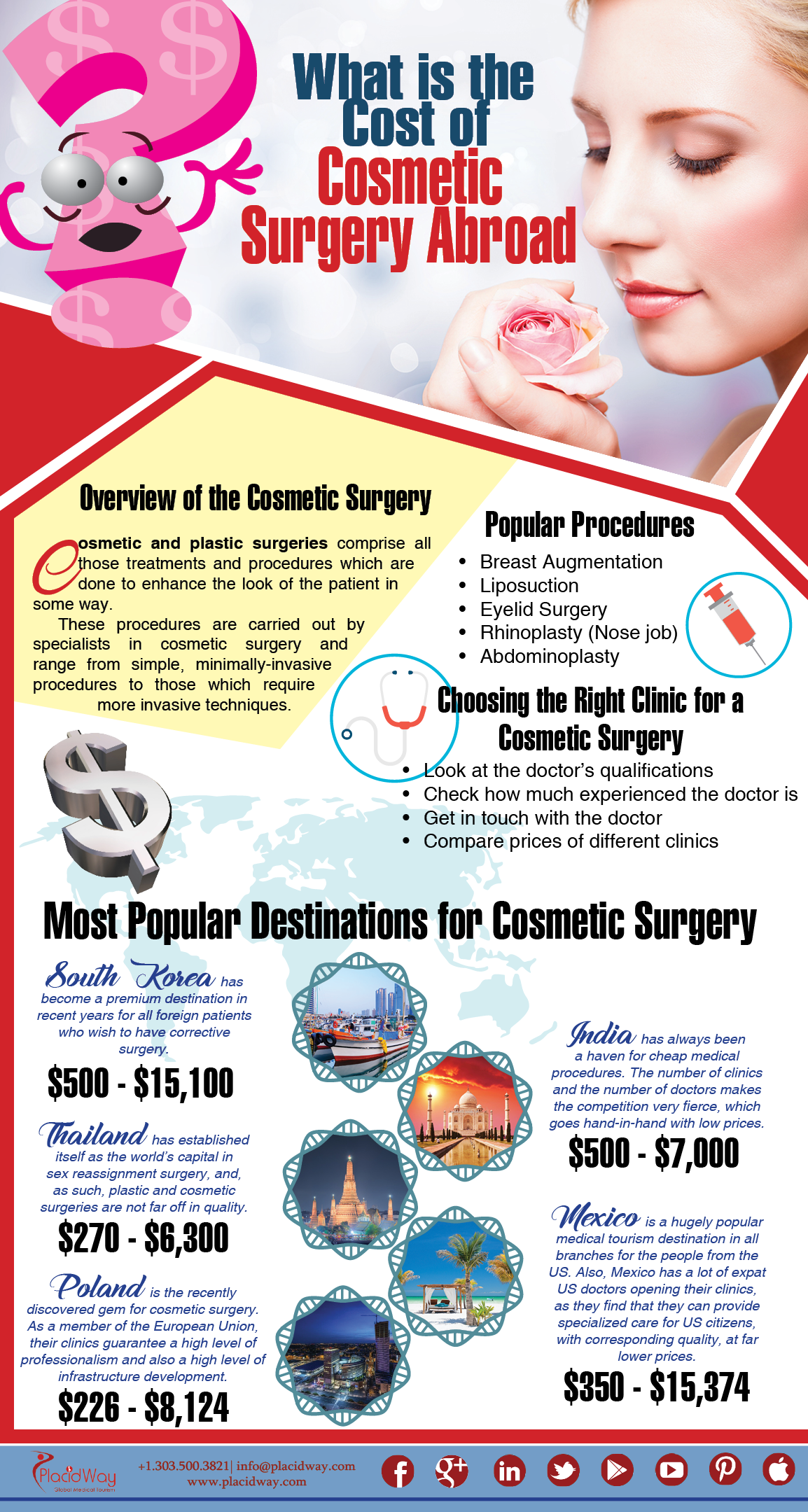How To Use Facial Steamers For Acne
How To Use Facial Steamers For Acne
Blog Article
Acne Marks and Post-Acne Care
Acne marks and dark marks can remain also after the acne itself has actually removed. But there are lots of all-natural, over the counter and medical therapies that can decrease their appearance.
Ice pick scars are small indentations that resemble pinpricks; rolling scars have a wave-like appearance and shallow depth; boxcar scars have clear edges; hypertrophic marks are elevated bumps. Therapies consist of skin needling, where your doctor rolls a needle-studded device over the skin; and surgical excision, when a healthcare professional remove deep marks.
1. Scrub
Acne scars discolor best when they aren't covered with dead skin cells. Peeling gets rid of the build-up and permits fresh skin cells ahead to the surface area. It additionally makes acne marks much less recognizable.
A dermatologist can recommend exfoliation methods for your specific skin kind. Dry skin might gain from peeling with scrubs or various other mechanical techniques, while oily skin may need a chemical peel. Those with darker skin tones need to be careful making use of more powerful chemical therapies, as they can trigger dark areas and sensitivity.
If you have acne scars, avoid picking or squeezing at them, which can make them even worse. Swelling brought on by irritability raises the possibility of scarring. Picking can leave ice-pick scars, which are narrow indentations with a point at the end. You can likewise get boxcar scars, which are indentations with bigger sides. You can additionally establish hypertrophic or keloid scars. These are raised bumps of mark tissue that can be itchy and painful.
2. Moisturize
After finishing your acne therapy, keeping skin clear and healthy requires a regular skin care routine that safeguards from breakouts and lowers post-acne marks. This consists of a gentle cleanser and moisturizer, non-comedogenic products that do not block pores, and avoiding foods that irritate skin or trigger acne flare-ups.
Using a light-weight, non-comedogenic cream with components like hyaluronic jeuveau vs botox acid and glycerin can help moisten skin while additionally enhancing skin texture and promoting recovery. Search for a product that is created without scent or parabens.
A product that targets lingering acne marks with active ingredients such as skin-brightening tranexamic acid and bakuchiol can enhance dark spots or uneven tone brought on by inflammation. It gently resurfaces the complexion while smoothing harsh and distinctive areas. A product that incorporates a retinoid and a plant-based retinol choice can likewise enhance the appearance of deeper marks while all at once targeting existing acnes and avoiding future breakouts.
3. Cover Up
As soon as your acne scars recover, you can hide them with makeup and a concealer. Simply ensure you're only using the product over marks that are completely recovered (not fresh ones), states Sotomayor. Then, finish your appearance with a strong lip color or statement great smoky eyeshadow for optimal effect.
When it comes to picking a foundation or colored moisturizer, it's important to select one that is noncomedogenic and oil-free. This will aid keep your skin clear and prevent the blocking of pores that can result in brand-new breakouts.
The very same opts for selecting a concealer. Try to find a formula that provides full insurance coverage yet still feels light-weight and blendable on the skin. Also, when hiding imprints from acne marks, it's a great concept to discover a color that matches your all-natural skin tone (instead of a shade lighter or darker). This will aid conceal the indents better. This nourishing balm is a superb choice for lightening up and lightening post-inflammatory hyperpigmentation, which can be triggered by acne or various other inflammatory skin conditions. It has hydrating panthenol, softening shea butter and enhancing peptides that reduce inflammation and flaky structure.
4. See Your Skin doctor
The scars that create from severe acne commonly require therapy by a medical professional or skin specialist. Prior to that can happen, however, a patient needs to have their acne in control. This includes not selecting or squeezing acne areas, and making use of gentle cleansers and water-based non-comedogenic products that will not clog pores.
If pharmacy cleansers and place treatments aren't removing your skin, timetable an appointment with a skin specialist. The skin doctor can recommend various other therapies that help clear your skin without drying it out or bothersome it.
A dermatologist can likewise deal with other type of post-acne marks, consisting of dark spots that are a type of hyperpigmentation called PIH (post-inflammatory hyperpigmentation). A topical retinoid like adapalene can noticeably lighten these marks and discolor them quickly. For other sorts of scars, the doctor can recommend an extra intensive treatment. This might consist of microdermabrasion or chemical peels that are done right in the office. Depending upon the extent of your scars, these treatments might require to be duplicated.